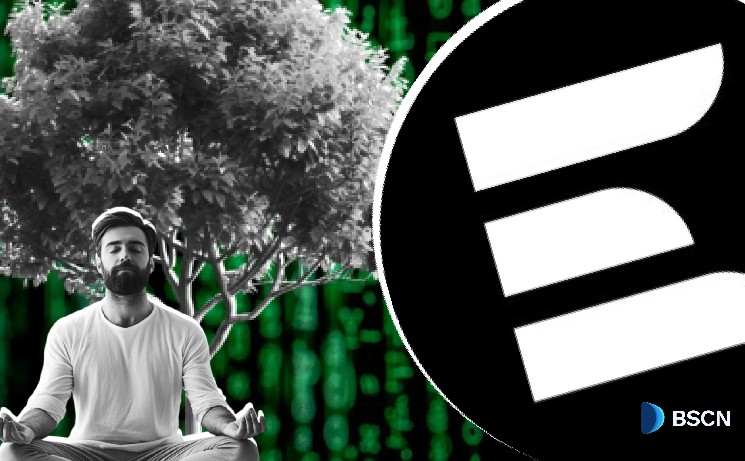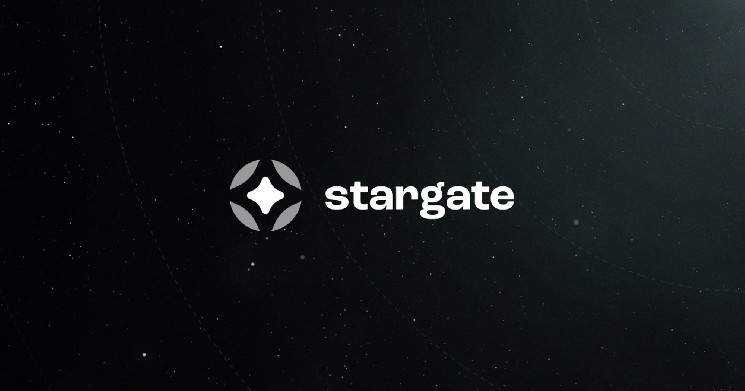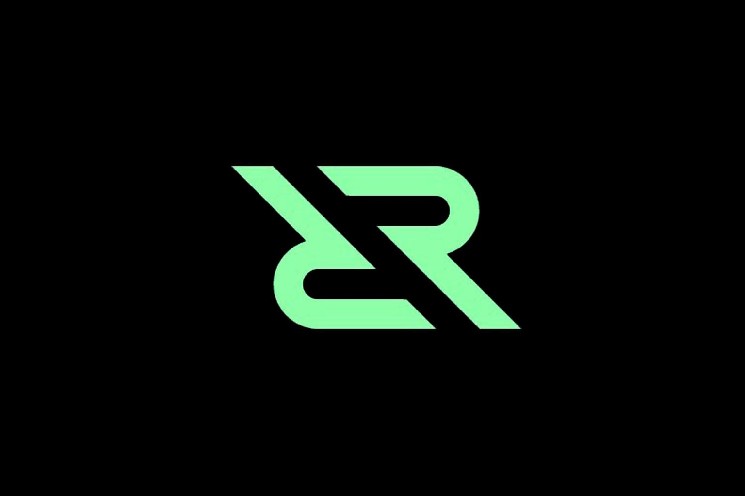What Is LayerEdge’s Merkle Tree Commitment?
LayerEdge has unveiled a Merkle Tree Commitment system that uses Bitcoin’s security to batch thousands of zero-knowledge proofs (zk-proofs). Announced in an X thread on May 11, 2025, this approach aims to position Bitcoin as a universal anchor for zk-proof verification without overloading its blockchain.
“LayerEdge batches thousands of zk-proofs, but only posts a single Merkle root on-chain. This commitment scheme ensures that every proof in the batch is verifiable, auditable, and anchored — without bloating Bitcoin with raw data,” the thread announced.
With this in mind, a Merkle Tree is a binary tree structure where individual data points, here zk-proofs, are hashed as leaf nodes. These nodes are paired and hashed repeatedly until a single hash, the Merkle root, is created. LayerEdge uses this structure to summarize thousands of zk-proofs into one root, which is then recorded on Bitcoin alongside a recursive proof (πₐgg). This recursive proof validates the entire batch, ensuring all zk-proofs are correct.
How Does LayerEdge’s Merkle Tree Commitment Work?
The thread provides a clear breakdown of the process. LayerEdge groups thousands of zk-proofs into a batch, with each proof forming a leaf in the Merkle Tree. The tree is built by hashing pairs of leaves into intermediate nodes, continuing until the Merkle root is produced. This root, along with the recursive proof, is anchored on Bitcoin, leveraging its Proof-of-Work consensus for security.
Verification is highly efficient. To check a specific zk-proof, users provide a Merkle inclusion proof, which links the proof to the root. The recursive proof ensures all zk-proofs in the batch are valid, enabling scalable verification while keeping Bitcoin’s blockchain lightweight.
Why Merkle Tree Commitment Matters for Bitcoin Scalability
Bitcoin’s blockspace is limited, with blocks averaging 1 MB every 10 minutes. Storing raw zk-proof data directly on Bitcoin would lead to congestion and high fees. LayerEdge’s Merkle Tree Commitment tackles this by minimizing on-chain data to just the Merkle root and recursive proof.
The X thread outlines its benefits, stating, “Merkle Tree Commitment lets LayerEdge: — Keep Bitcoin finality compact — Enable proof-level auditability — Preserve transparency without overhead — Ensure verifiability for any subset of proofs”.
This approach supports large-scale zk-proof verification while maintaining Bitcoin’s efficiency. It also enhances transparency and security, leveraging Bitcoin’s immutability to make the commitment tamper-proof.
The Technical Edge: Merkle Inclusion Proofs and Recursive Proofs
A key feature of LayerEdge’s system is the efficiency of Merkle inclusion proofs. “Merkle inclusion proofs are light. Just log₂(N) hashes are needed to prove a leaf is part of a committed batch. For 1 million zk-proofs, that’s only 20 hashes”. This logarithmic scaling makes the system viable for large datasets, a significant improvement over methods requiring more computational resources.
The recursive proof validates the entire batch, ensuring all zk-proofs are correct. The combination of the Merkle root, which proves inclusion, and the recursive proof, which proves validity, creates a robust framework for scalable zk-proof verification. This dual mechanism positions Bitcoin as a foundation for various protocols, potentially enabling cross-chain interoperability
LayerEdge’s Merkle Tree Commitment could reshape decentralized systems by enabling Bitcoin to anchor large-scale zk-proof verification. This opens the door for privacy-focused applications, such as anonymous transactions and secure data sharing, without sacrificing scalability. It may also position Bitcoin as a backbone for new blockchain protocols, driving innovation in areas like Decentralized Finance (DeFi) and privacy-preserving technologies.
The system’s focus on transparency and auditability fosters trust in decentralized networks. Users can verify any subset of proofs, ensuring accountability without centralized oversight, aligning with blockchain’s core principles.
Future Directions
While LayerEdge’s approach is promising, some details remain unclear. The X thread does not specify the computational overhead of constructing Merkle Trees or generating recursive proofs, though the lightweight nature of Merkle inclusion proofs suggests this is minimal. Empirical validation of scalability claims, such as handling 1 million zk-proofs, would further strengthen its case.
In the future, LayerEdge could release technical whitepapers to clarify the recursive proof mechanism and its integration with the Merkle root. Collaborations with other blockchain projects could also accelerate adoption, positioning LayerEdge as a leader in zk-proof scalability.
Conclusion
LayerEdge’s Merkle Tree Commitment is a significant step forward in blockchain scalability, using Bitcoin’s security to batch and verify thousands of zk-proofs efficiently. By anchoring only the Merkle root and recursive proof on-chain, LayerEdge ensures transparency, auditability, and cost-effectiveness, making Bitcoin a viable anchor for large-scale zk-proof systems. As blockchain technology evolves, innovations like this could redefine decentralized systems, paving the way for a more scalable and secure future.
For more information on LayerEdge, visit the protocol’s official website.















Leave a Reply